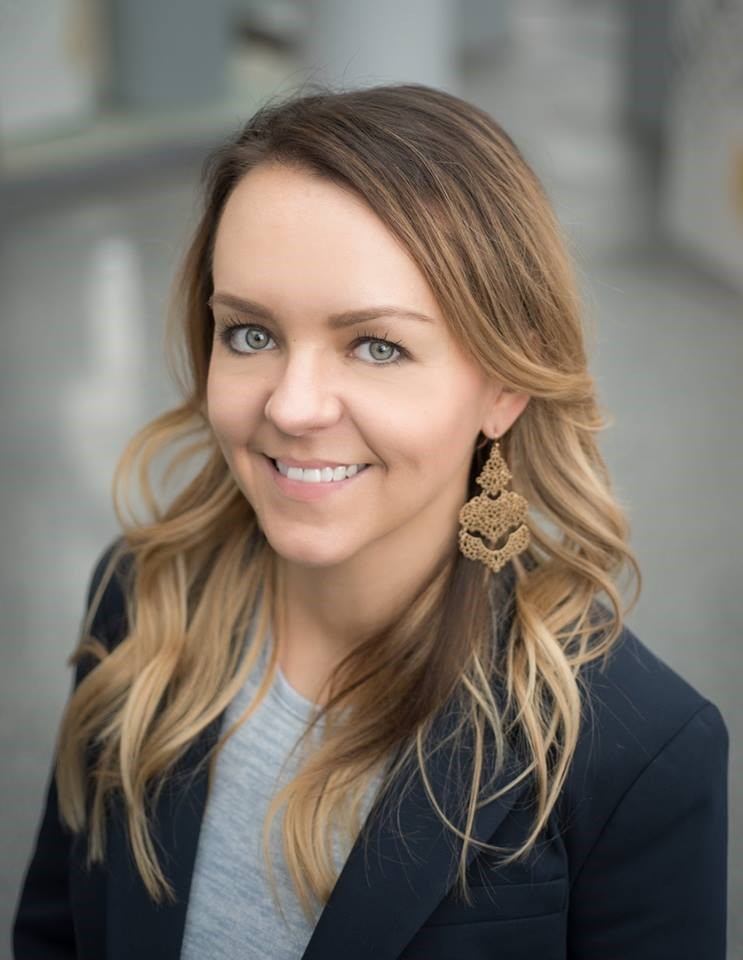Profit is Not Profanity
Written by Barry Eichner and Jenni NagleAfter a decade of running a chain of medical spas, I learned that the treatment menu is the heart of the spa business. It encompasses everything you believe in about your business. It shows what you stand for, what your values are, and what you trust.
Treatment menus tell a story – they tell your story. They are the little love notes that you write to your current and prospective clients to help them understand the nature of your relationship with them. The menu outlines what you’re going to give during the relationship. They also define what you’re going to take during the relationship. They set clients’ expectations (treatment descriptions, time frame) and what is needed to meet those expectations (price).
As with any relationship, communication is crucial to success. When the communication isn’t clear and expectations aren’t met, problems may arise. When clients’ needs aren’t being met, they become unhappy and when your needs aren’t being met, you become unhappy. It’s much more obvious when the client’s needs aren’t being met because – trust me – they will tell you.
POTENTIAL PROFIT CHALLENGES
But what about when your needs aren’t being met? How will you know? A day spa owner or skin care business owner establishes their needs by setting the price of their treatments. If you’re not meeting your needs by having prices that are too low to cover your fixed and variable expenses, you will become very unhappy when it’s time to pay the bills.
Offering Too Many Services
Offering a large assortment of treatments that require excessive amounts of backbar, supplies, and equipment can create an undue burden on your bank account. It’s true that in theory, you’ll be profitable if you set a treatment price that will allow for profit on a per treatment basis. However, you need to look at the big picture. Can your total revenue from all treatments allow for a profit when you cover all fixed and variable costs of all treatments?
Remember, every check you write for a supply, a backbar product, or the lease on a piece of equipment is money sitting on a shelf in the treatment room. Ask yourself this question: “Do I have enough total revenue coming in to cover all these fixed and variable costs?”
Keeping Backbar Stocked
If you offer seven different facials (classic, antiaging, hyperpigmentation, sensitive skin, acne, teen, men’s) and each facial requires a totally different set of backbar products, it can be a burden on your bank account to keep all seven lines of backbar in stock. Often, in businesses with more than one treatment room, the backbar cost is multiplied by the number of treatment rooms. Do you do chemical peels? How many? Each treatment requires a set of backbar products that you’ll need to stock.
Want to keep backbar costs down? Try working with skin care brands that can offer an assortment of skin care treatments, so you can condense ordering from a single company. This will keep the overall inventory and shipping costs down and reduce operational drag by decreasing the amount of time you spend inventorying and ordering goods. Also, track your treatment sales. If you have treatments on the menu that are not being sold, eliminate them! Those are backbar costs you don’t need to incur and it will open up inventory dollars for other treatments that can be booked.
Covering Costs of New Services
If you want to offer any advanced, specialized treatments, you’ll need to be able to cover any initial investment or a monthly lease payment, as well as any ongoing costs of individual treatment supplies. Here’s a list of possible additional services that you may want to offer that could impact profitability: microdermabrasion, microcurrent, LED therapy, cellulite reduction, radio frequency, and eyelash enhancements.
Know your client base and do a cash flow analysis. Get to know what your clients need. You see their skin on a regular basis. Figure out what specialized treatments your clients need and want. Then, determine what machines and devices fit into your philosophy. Finally, take a look at the amount of revenue you bring in on a monthly basis and track that revenue for the most recent 12 months to determine if you have the extra cash for any new purchase. A cash flow analysis will determine if you can add the additional expense of a large equipment purchase. You may be able to afford one new piece of equipment a year, which will allow you to add to your overall revenues and grow sales. Understanding how much cash comes in and when it comes in will help determine what you can buy and when you can buy it.
Being an aesthetician is a career that is filled with love, joy, and passion. Being a business owner is less about emotion and more about practical facts and figures. A business that is profitable provides a place of safety and security for the owner. Financial stress can be debilitating. As wellness professionals, self-care is vital and owning a profitable business is the ultimate in self-care.
As I say in every class that I teach to spa professionals, profit is not profanity.
 Barry Eichner is the cofounder of Lipgloss + Aftershave, a marketing consulting firm that specializes in digital media content creation, as well as strategic planning and implementation for beauty brands. He and Jenni Nagle (cofounder) publish the namesake beauty blog and podcast, Lipgloss + Aftershave. Eichner writes monthly columns that cover topics such as digital marketing, as well as overall business development for the independent skin care professional and day spa. He is a featured speaker at industry tradeshows across the country. Eichner has been selected to emcee the 2019 Skin Games in Las Vegas. He’s also a published editorial and lifestyle photographer.
Barry Eichner is the cofounder of Lipgloss + Aftershave, a marketing consulting firm that specializes in digital media content creation, as well as strategic planning and implementation for beauty brands. He and Jenni Nagle (cofounder) publish the namesake beauty blog and podcast, Lipgloss + Aftershave. Eichner writes monthly columns that cover topics such as digital marketing, as well as overall business development for the independent skin care professional and day spa. He is a featured speaker at industry tradeshows across the country. Eichner has been selected to emcee the 2019 Skin Games in Las Vegas. He’s also a published editorial and lifestyle photographer.
 Co-founder of Lipgloss + Aftershave, Jenni Nagle has nearly two decades of experience in the skin care industry. She began her career as an aesthetician working in all aspects of the industry: day, medical, and resort spas. Nagle always gravitated towards the business and marketing aspect of the spa industry and eventually managed large spas and became the director of public and media relations for a skin care brand. Looking for even more opportunity, she created her own digital marketing and public relations firm offering consulting services to international skin care brands and currently runs Lipgloss + Aftershave, a personal care and lifestyle review website offering fresh, fun, and informative reviews of professional and retail skin care products, makeup, and hair care, as well as other unique personal care items.
Co-founder of Lipgloss + Aftershave, Jenni Nagle has nearly two decades of experience in the skin care industry. She began her career as an aesthetician working in all aspects of the industry: day, medical, and resort spas. Nagle always gravitated towards the business and marketing aspect of the spa industry and eventually managed large spas and became the director of public and media relations for a skin care brand. Looking for even more opportunity, she created her own digital marketing and public relations firm offering consulting services to international skin care brands and currently runs Lipgloss + Aftershave, a personal care and lifestyle review website offering fresh, fun, and informative reviews of professional and retail skin care products, makeup, and hair care, as well as other unique personal care items.
